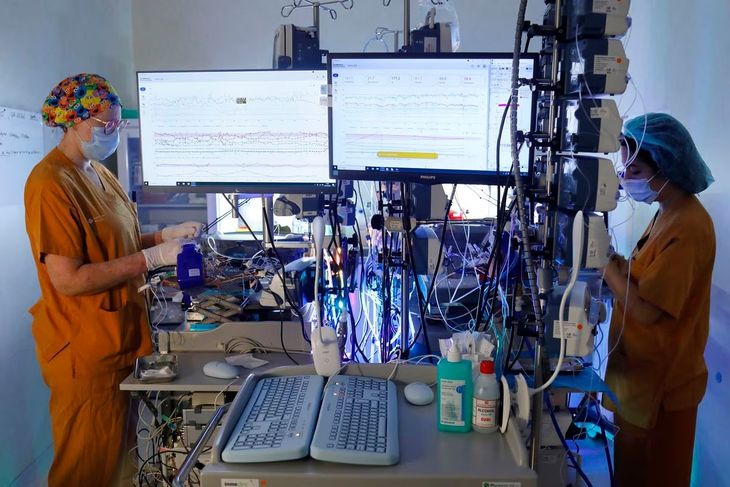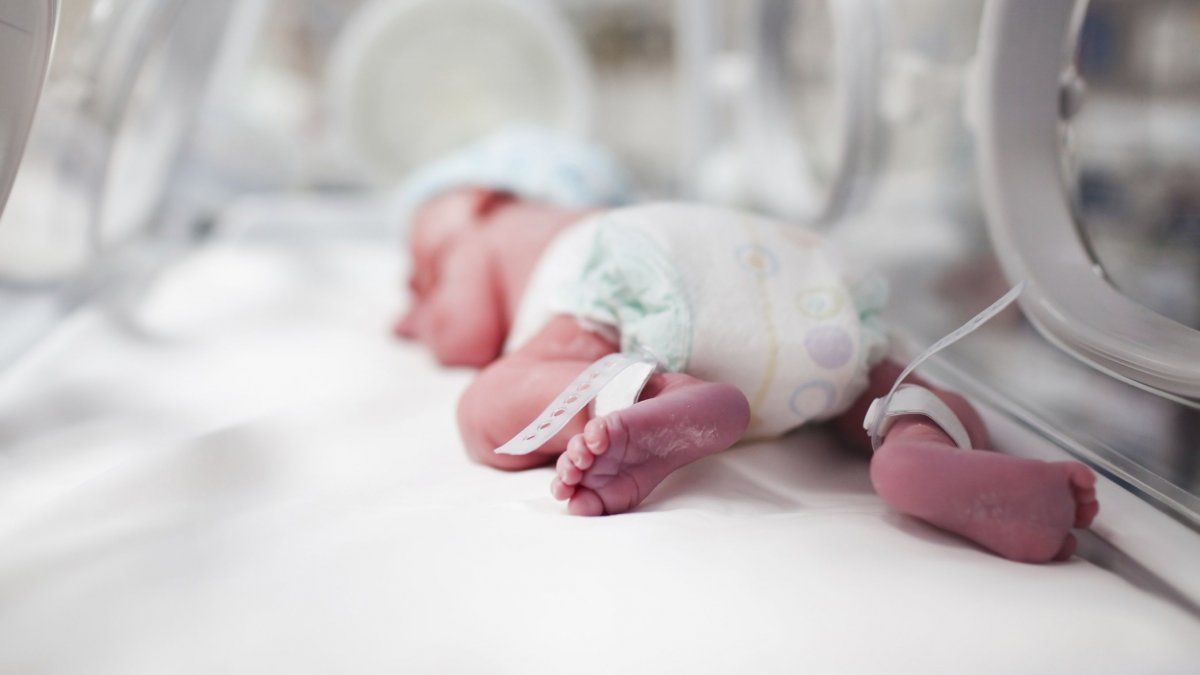The Spanish project went to the second phase in an animal trial and hopes that it can be replicated in humans in between 3 and 5 years.
A group of scientists successfully developed a artificial placenta prototype in which a sheep fetus survived 12 days in optimal conditions. The researchers of the Sant Joan de Déu hospitals and the Barcelona Clinicin Spain, are in charge of the Caixa Research Artificial Placenta projectwhat does he have aim of increase survival in extremely preterm babiesreducing the serious sequelae in the fetus and the high mortality rate that these cases present.
The content you want to access is exclusive to subscribers.
days ago, during the World Congress of Fetal Medicine which was held in Valencia, the team presented the preliminary results From his job. Its about first experimental model in an animal model and managed to move on to a second phase, to aspire to replicate in humans within 3-5 years.


The initiative in Spain is led by Dr. Eduard Gratacóswhich belongs to BCNatal, an international reference center in fetal medicine, and has the support of the “la Caixa” Foundation.
scientists.jpg

lacaixa foundation
Fetal life is one of the most risky phases for the human being.
Every year, thousands of families face the extreme premature baby birth. This is the one that occurs at six months or less of gestation and makes it very difficult their survival and a life without neurological sequelae.
Before six months of pregnancy, lungs, the bowels and the brain of the fetus are underdeveloped and they are not prepared to function correctly.
A extreme preterm newborn is actually a fetus that must survive in an unnatural environment. These babies weigh less than a thousand grams and require respiratory support and intravenous feeding to be able to stay alivea, but this can cause complications and have an impact on your future life. For that reason, the artificial placenta can be a solution what mimprove the quality of life of these neonates.
The idea that scientists are developing is that with this artificial placenta, the fetus is in its natural environmentbut outside the wombsubmerged in a liquid with the same characteristics as the amniotic fluid and connected to an extracorporeal system that allow him to survive and develop as it would inside its mother.
Source: Ambito
I am an author and journalist who has worked in the entertainment industry for over a decade. I currently work as a news editor at a major news website, and my focus is on covering the latest trends in entertainment. I also write occasional pieces for other outlets, and have authored two books about the entertainment industry.




